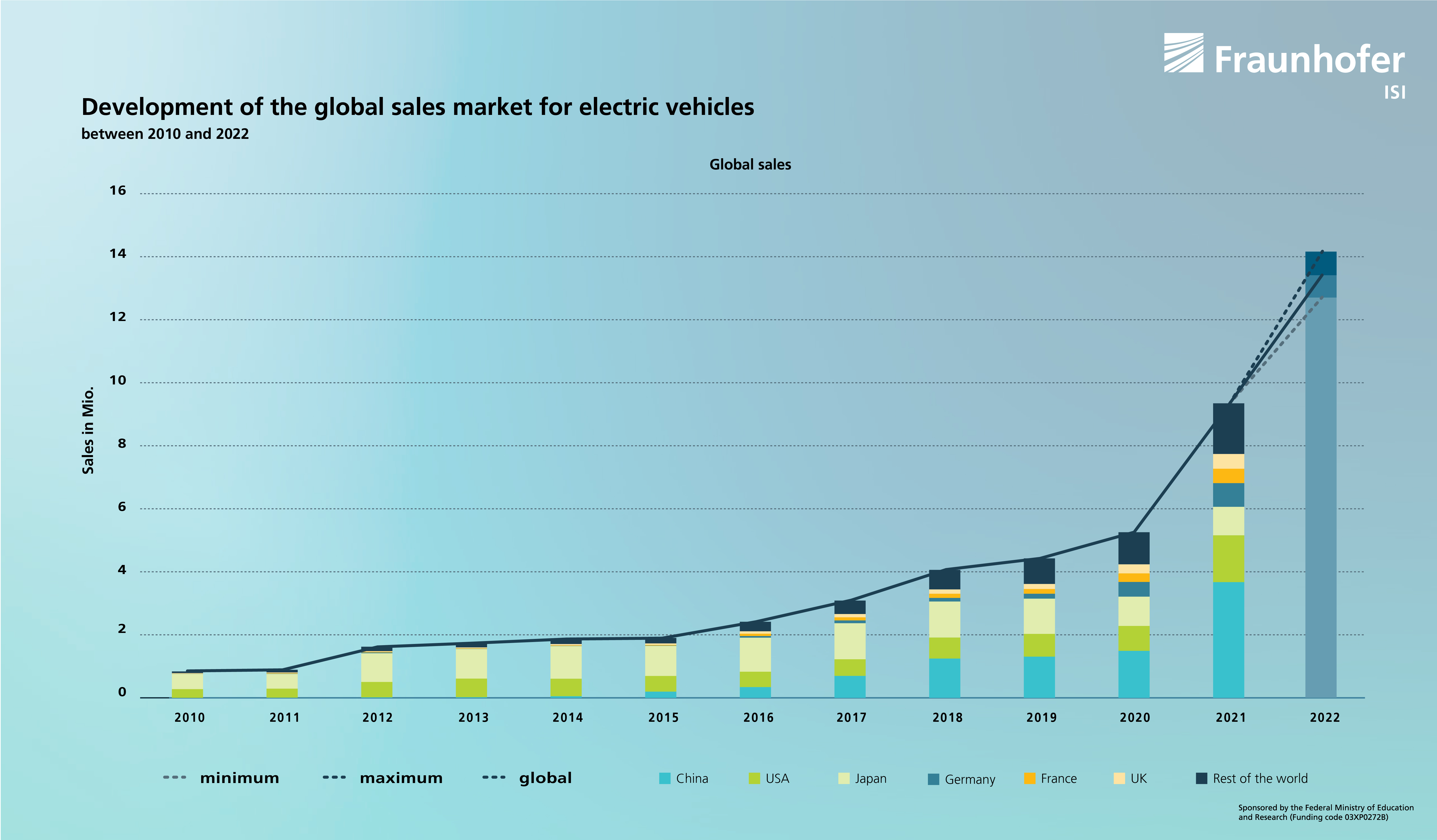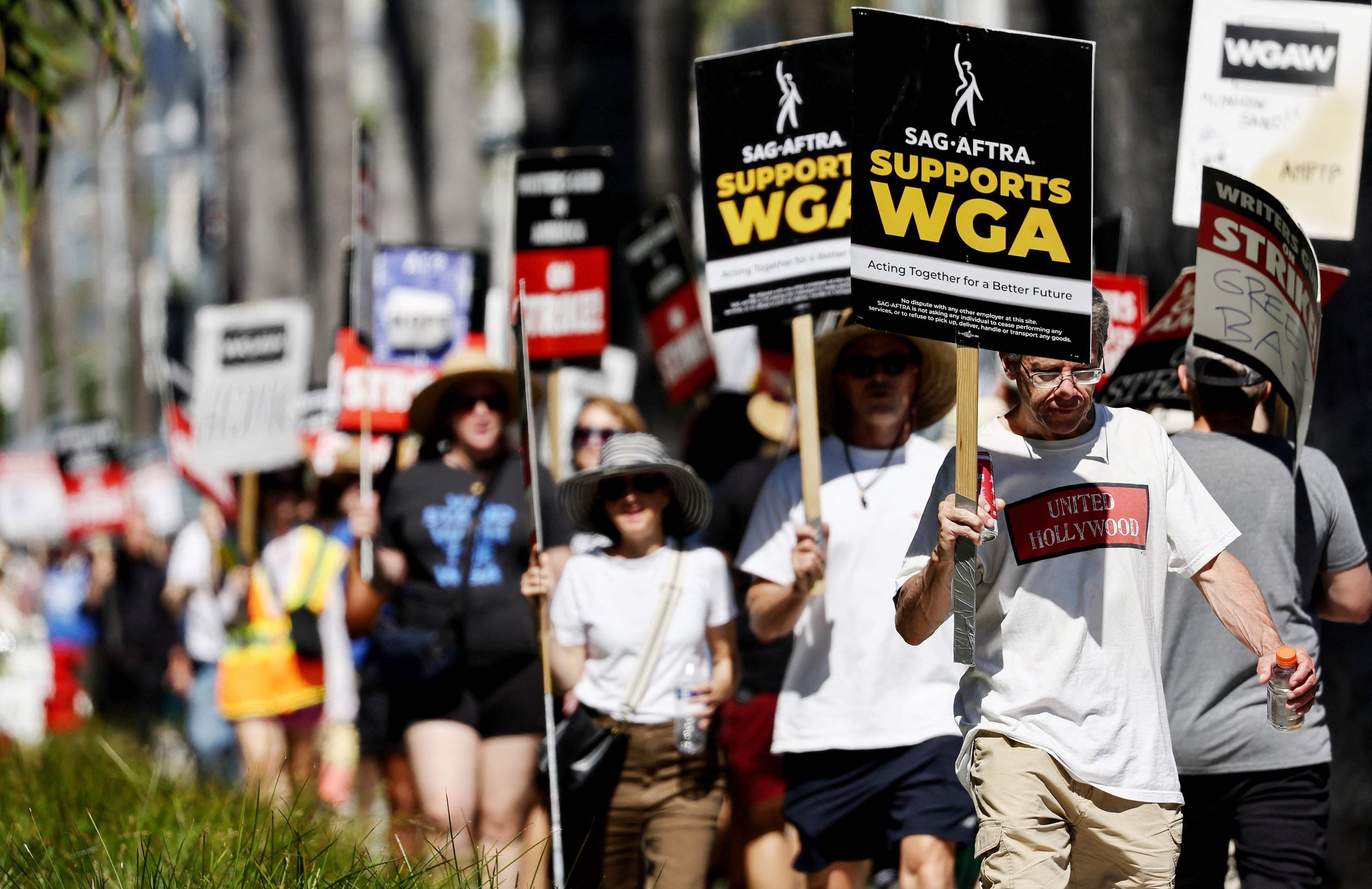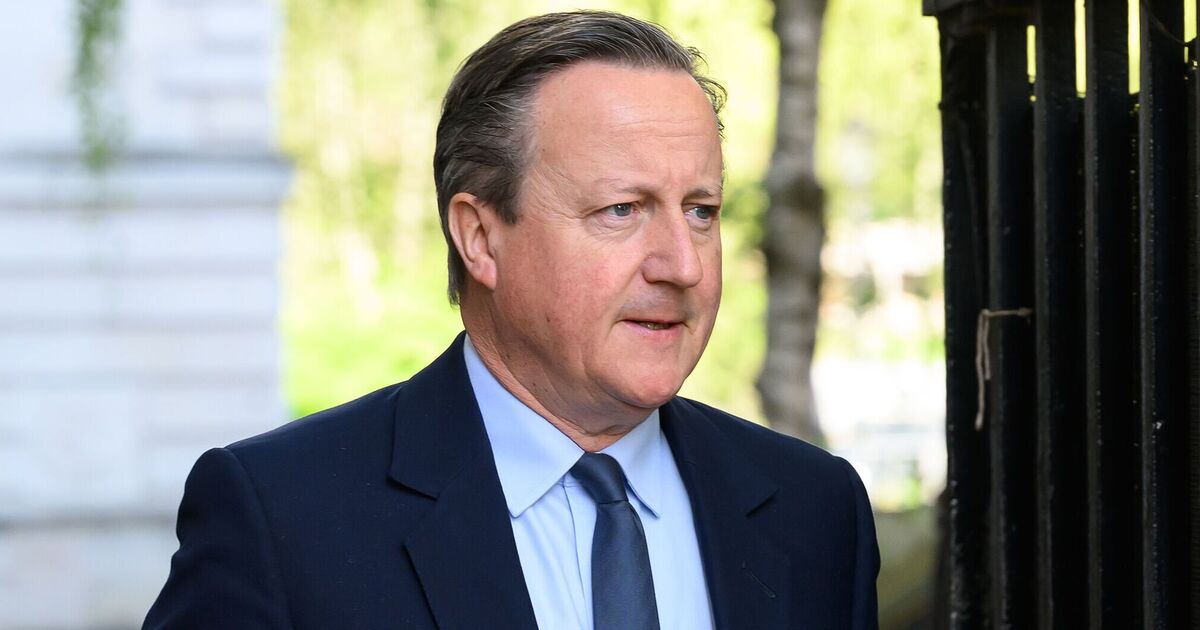Drug Price Reform: Examining Trump's Executive Order

Table of Contents
Key Provisions of the Executive Order
Trump's executive order on drug pricing aimed to tackle the problem through several key provisions. These measures sought to leverage international pricing models and enhance transparency within the pharmaceutical industry.
-
International Price Indexing: The order proposed tying US drug prices to lower prices in other developed countries. This controversial "international reference pricing" aimed to leverage the lower costs found in nations with greater government price controls. However, the feasibility of this approach was heavily debated, considering differences in healthcare systems, regulations, and market dynamics between countries. Critics argued that simply copying prices from other countries ignored factors such as research and development costs and the unique characteristics of the US market.
-
Most-Favored-Nation Pricing: This provision aimed to ensure that the US government received the lowest price offered to any country for a given drug. This "most-favored-nation" status would theoretically give the US a significant negotiating advantage, allowing for substantial discounts on medications purchased through government programs like Medicare and Medicaid. Pharmaceutical companies, however, vehemently opposed this, arguing it would stifle innovation and reduce their ability to recoup research and development investments.
-
Transparency Requirements: The executive order also focused on increasing transparency in drug pricing practices. This involved mandating greater disclosure of drug pricing information by pharmaceutical manufacturers, aiming to empower consumers and policymakers with better data to negotiate favorable prices. Improved transparency was expected to help expose price gouging and encourage more competitive pricing strategies among manufacturers.
-
Rebates and Discounts: A crucial aspect of the order involved ensuring that Medicare Part D beneficiaries received the lowest possible prices on their prescription drugs. This aimed to redirect rebates and discounts currently received by pharmacy benefit managers (PBMs) directly to seniors, leading to lower out-of-pocket costs. This provision aimed to provide direct financial relief to millions of older Americans struggling with high prescription drug expenses.
Impact and Effectiveness of the Executive Order
The actual impact of Trump's executive order on drug prices remains a subject of ongoing debate. While some initial effects were observed, the long-term consequences are still unfolding.
-
Short-Term Effects: While the executive order didn't immediately result in dramatic price drops, some pharmaceutical companies did announce price reductions in anticipation of the potential regulatory changes. However, these reductions were often limited and strategically targeted. The immediate reactions from pharmaceutical companies and healthcare providers were largely negative, with many expressing concerns about the impact on innovation and market stability.
-
Long-Term Effects: The sustained impact on drug prices and accessibility is difficult to definitively assess due to the complexities of the pharmaceutical market and ongoing legal challenges. Long-term changes in pharmaceutical company behavior, if any, are still evolving. The executive order primarily influenced the regulatory landscape, affecting the strategies pharmaceutical companies adopted to navigate the changing environment.
-
Legal Challenges: The executive order faced significant legal challenges, with pharmaceutical companies filing lawsuits arguing that the proposed pricing methods violated established laws and regulations. The legal battles significantly delayed or even prevented the full implementation of some of the order's key provisions. The legal arguments centered on issues of government overreach, due process, and potential harm to pharmaceutical innovation.
-
Political Ramifications: The executive order was highly politicized, with strong support from consumer advocacy groups and some Democrats but fierce opposition from the pharmaceutical industry and some Republicans. Its political ramifications continue to shape the current debate around drug pricing, impacting subsequent legislative efforts and influencing public opinion on drug affordability.
Alternative Approaches to Drug Price Reform
While Trump's executive order offered a specific approach, alternative strategies exist for controlling high drug costs. These alternative methods require significant legislative action and careful consideration.
-
Price Negotiation: Allowing Medicare to directly negotiate drug prices with pharmaceutical companies is a frequently proposed solution. This approach could yield significant savings but also faces concerns about its potential impact on pharmaceutical innovation and drug development.
-
Drug Importation: Allowing the importation of cheaper drugs from other countries is another strategy. Supporters argue it would increase competition and lower prices, while opponents raise concerns about drug safety and regulatory oversight. The complexity of establishing safe and reliable import mechanisms is a major hurdle.
-
Government Manufacturing: The government could manufacture and distribute certain essential drugs, potentially driving down costs. However, this approach raises questions about efficiency, market competition, and government involvement in the pharmaceutical industry.
-
Research and Development Incentives: Government incentives can encourage the development of new and affordable medications. This could involve tax breaks for companies that develop affordable drugs or funding for research into cost-effective drug alternatives. This promotes innovation while indirectly addressing affordability.
Conclusion
Trump's executive order on drug price reform represented a significant, albeit ultimately incomplete, attempt to address the high cost of prescription drugs in the US. While it aimed for substantial reductions through international price indexing and increased transparency, its impact was limited by legal challenges and the complex dynamics of the pharmaceutical market. Alternative approaches to drug price reform, including government negotiation and drug importation, remain central to the ongoing debate. Further legislative action and comprehensive reform are urgently needed to make prescription drugs more affordable and accessible for all Americans. To stay informed on the latest developments in drug price reform and its impact on medication costs and access, continue to follow legislative updates and research relevant policy discussions.

Featured Posts
-
 Exclusive Byd Plans For Global Market Share Increase By 2030
May 13, 2025
Exclusive Byd Plans For Global Market Share Increase By 2030
May 13, 2025 -
 Vlasti Eao Finansovaya Podderzhka Veteranov K 80 Letiyu Velikoy Pobedy
May 13, 2025
Vlasti Eao Finansovaya Podderzhka Veteranov K 80 Letiyu Velikoy Pobedy
May 13, 2025 -
 Actors And Writers Strike Hollywood Faces Unprecedented Production Shutdown
May 13, 2025
Actors And Writers Strike Hollywood Faces Unprecedented Production Shutdown
May 13, 2025 -
 Romski Muzikanti Pomemben Del Prekmurske Kulturne Dediscine
May 13, 2025
Romski Muzikanti Pomemben Del Prekmurske Kulturne Dediscine
May 13, 2025 -
 Accord Post Brexit Gibraltar Les Dernieres Nouvelles
May 13, 2025
Accord Post Brexit Gibraltar Les Dernieres Nouvelles
May 13, 2025
